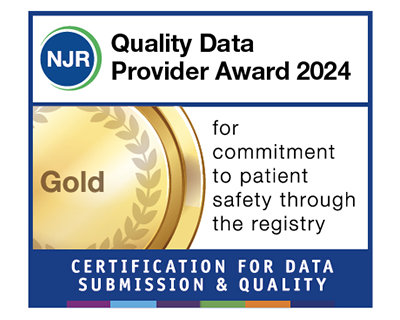Fulwood Hall Hospital Specialists
-
Mr Royden Austin
Mr Royden Austin is a Consultant Orthopaedic Surgeon in Lancashire who specialises in Spinal Surgery
Read more -
Mr Stephen Bale
Mr Stephen Bale is a Consultant Orthopaedic Surgeon specialising in shoulder and elbow surgery in Lancashire at Renacres Hospital and Fulwood Hall Hospital.
Read more -
-
-
-
-

Mr Gareth Howell
Mr Gareth Howell is a Consultant Orthopaedic Surgeon in Lancashire who specialises in elbow and shoulder surgery.
Read more -
Mr Peter Hughes
Mr Peter Hughes is a Consultant Orthopaedic Surgeon in Lancashire who specialises in shoulder and elbow surgery
Read more -

Mr Manoj Khatri
Mr Manoj Khatri is a Consultant Orthopaedic Surgeon who specialises in Spinal Surgery in Lancashire
Read more -
Mr Raj Kumar
Mr Raj Kumar is an Orthopaedic Surgeon in Lancashire who specialises in Foot and Ankle Surgery.
Read more -
-
Mr George McLauchlan
Mr George McLauchlan is a Consultant Orthopaedic Surgeon in Lancashire
Read more -

Mr Randeep Mohil
Mr Randeep Mohil is a Consultant Orthopaedic Surgeon in Preston who specialises Hand, Wrist & Elbow
Read more -
-
Mr Fizan Younis
Mr Fizan Younis is a Consultant Orthopaedic Surgeon in Preston who specialises in hand and wrist surgery
Read more
